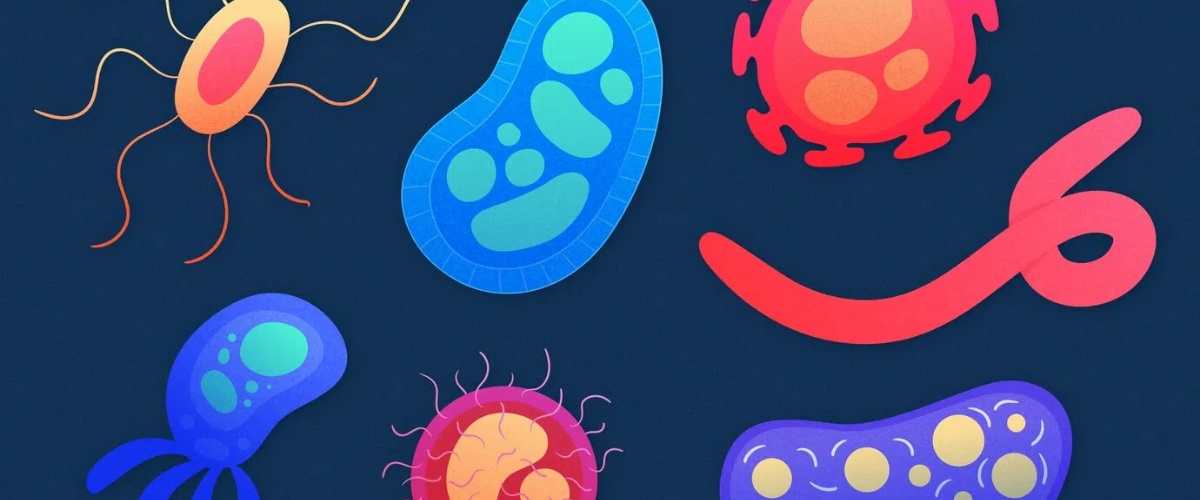Taurine is an essential micronutrient and abundant aminosulfonic acid. It is widely distributed in various tissues and organs in the body. It mainly exists in a free state in interstitial fluid and intracellular fluid. Because it first existed in Named after it is found in ox bile. Taurine is added to common functional drinks to replenish energy and improve fatigue.
Recently, research on taurine has been published in the three top journals Science, Cell, and Nature. These studies have revealed the new functions of taurine - anti-aging, improving the effect of cancer treatment, and anti-obesity.
In June 2023, researchers from the National Institute of Immunology in India, Columbia University in the United States, and other institutions published papers in the top international academic journal Science. The study suggests that taurine deficiency is a driver of aging. Supplementing taurine can slow down the aging of nematodes, mice, and monkeys, and can even extend the healthy lifespan of middle-aged mice by 12%. Details: Science: Power beyond your imagination! Taurine can also reverse aging and extend lifespan?
In April 2024, Professor Zhao Xiaodi, Associate Professor Lu Yuanyuan, Professor Nie Yongzhan, and Professor Wang Xin from the Xijing Hospital of the Fourth Military Medical University published papers in the top international academic journal Cell. This study found that tumor cells compete with CD8+ T cells for taurine by overexpressing the taurine transporter SLC6A6, which induces T cell death and exhaustion, leading to tumor immune escape, thereby promoting tumor progression and recurrence, while supplementing Taurine can reactivate exhausted CD8+ T cells and improve cancer treatment effectiveness.
On August 7, 2024, the team of Jonathan Z. Long of Stanford University (Dr. Wei Wei is the first author) published a research paper titled: PTER is an N-acetyl taurine hydrolase that regulates feeding and obesity in the top international academic journal Nature.
This study discovered the first N-acetyl taurine hydrolase in mammals, PTER, and confirmed the important role of N-acetyl taurine in reducing food intake and anti-obesity. In the future, it is possible to develop potent and selective PTER inhibitors for the treatment of obesity.
Taurine is widely found in mammalian tissues and many foods and is found in particularly high concentrations in excitable tissues such as the heart, eyes, brain, and muscles. Taurine has been described to have pleiotropic cellular and physiological functions, particularly in the context of metabolic homeostasis. Genetic reductions in taurine levels lead to muscle atrophy, reduced exercise capacity, and mitochondrial dysfunction in multiple tissues. Taurine supplementation reduces mitochondrial redox stress, improves exercise capacity, and suppresses body weight.
The biochemistry and enzymology of taurine metabolism have attracted considerable research interest. In the endogenous taurine biosynthetic pathway, cysteine is metabolized by cysteine dioxygenase (CDO) and cysteine sulfinate decarboxylase (CSAD) to generate hypotaurine, which is subsequently Oxidation by flavin monooxygenase 1 (FMO1) produces taurine. In addition, cysteine can generate hypotaurine via the alternative pathway of cysteamine and cysteamine dioxygenase (ADO). Downstream of taurine itself are several secondary taurine metabolites, including taurocholate, tauramidine, and N-acetyl taurine. The only enzyme known to catalyze these downstream pathways is BAAT, which combines taurine with bile acyl-CoA to produce taurocholate and other bile salts. In addition to BAAT, the molecular identities of other enzymes mediating secondary taurine metabolism have not yet been determined.
N-acetyltaurine (N-acetyl taurine) is a particularly interesting but poorly studied secondary metabolite of taurine. N-acetyl taurine levels in biological fluids are dynamically regulated by multiple physiological perturbations that increase taurine and/or acetate flux, including endurance exercise, alcohol consumption, and nutritional taurine supplementation. Additionally, N-acetyltaurine has chemical structural similarities to signaling molecules including the neurotransmitter acetylcholine and the long-chain N-fatty acyltaurine that regulates blood sugar, suggesting that it may also function as a signal metabolite The product works. However, the biosynthesis, degradation, and potential functions of N-acetyl taurine remain unclear.
In this latest study, the research team identified PTER, an orphan enzyme of unknown function, as the major mammalian N-acetyl taurine hydrolase. In vitro, recombinant PTER exhibited a narrow substrate range and major limitations. In N-acetyl taurine, it is hydrolyzed into taurine and acetate.
Knocking out the Pter gene in mice results in a complete loss of N-acetyl taurine hydrolytic activity in tissues and a systemic increase in N-acetyl taurine content in various tissues.
The human PTER locus is associated with body mass index (BMI). The research team further found that after stimulation with increased taurine levels, Pter knockout mice showed reduced food intake and were resistant to diet-induced obesity. and improved glucose homeostasis. Supplementation of N-acetyl taurine to obese wild-type mice also reduced food intake and body weight in a GFRAL-dependent manner.
These data place PTER at the core enzyme node of taurine secondary metabolism and reveal the roles of PTER and N-acetyl taurine in weight control and energy balance.
Overall, this study discovered the first acetyl taurine hydrolase in mammals, PTER, and confirmed the important role of acetyl taurine in reducing food intake and anti-obesity. In the future, it is expected that potent and selective PTER inhibitors will be developed for the treatment of obesity.
Disclaimer: This article is for general information only and should not be construed as any medical advice. Some of the blog post information comes from the Internet and is not professional. This website is only responsible for sorting, formatting and editing articles. The purpose of conveying more information does not mean that you agree with its views or confirm the authenticity of its content. Always consult a health care professional before using any supplements or making changes to your health care regimen.
Post time: Aug-12-2024





